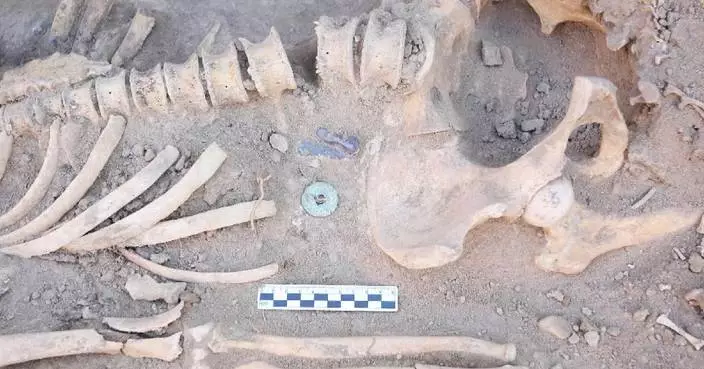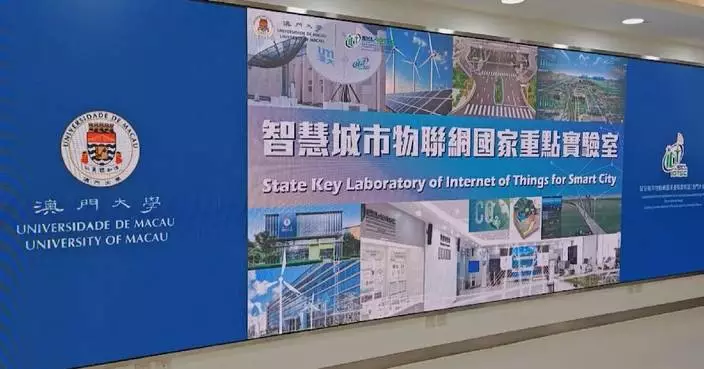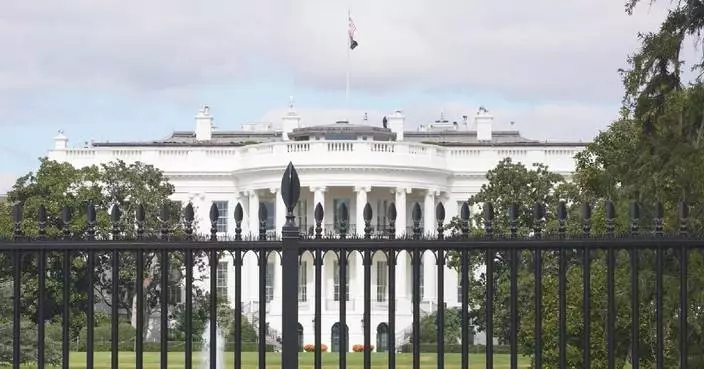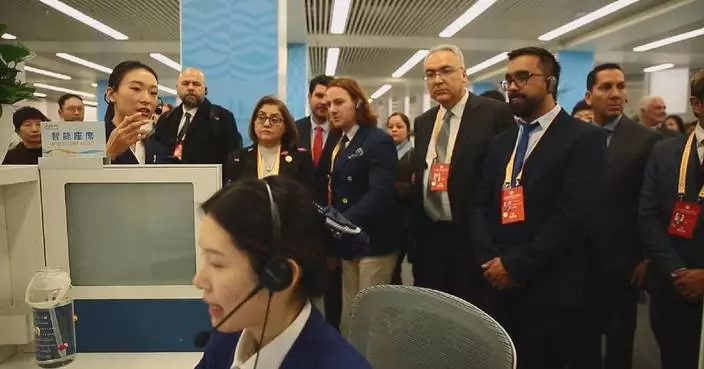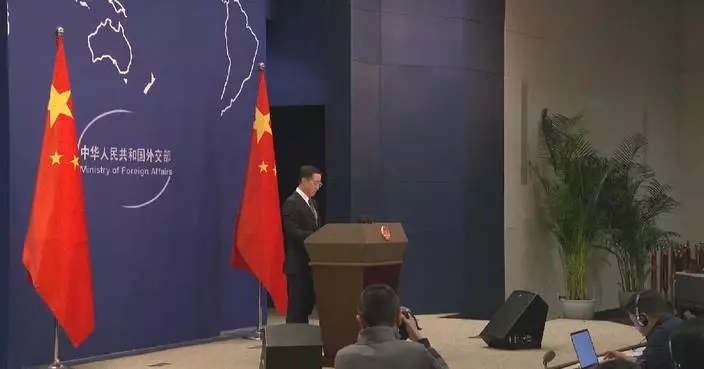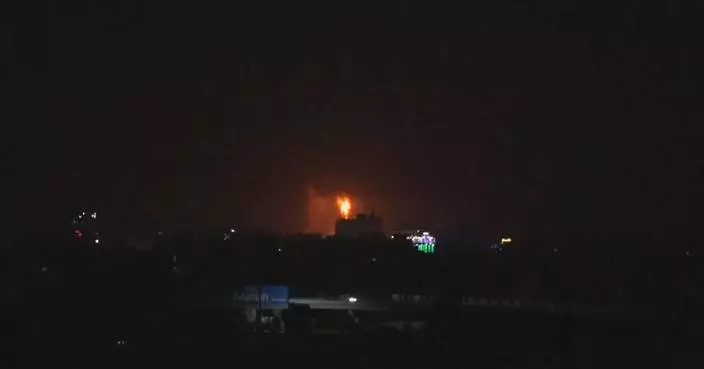China's 144-hour visa-free transit policy continues to boost the popularity of "China Travel."
The term has become a trending buzzword across social media, reflecting a significant surge in the country's cross-border tourism.
An increasing number of international tourists are now exploring the authentic China.
As a foreign-language tour guide, Liu Bing’s first task each day is to wait at the airport for international tourists arriving in Shanghai.
"Recently, we’ve seen more and more foreigners. They are very interested in the architecture here," Liu said.
The Bund is a must-see destination for foreign tourists in Shanghai, where they can experience firsthand the remarkable pace of China’s development, Liu noted, adding that they frequently commend China's high level of safety. "Some guests have told me that, no matter the time, as they walk through the streets and alleys of Shanghai, they feel exceptionally safe, with a sense of security in their hearts. The 144-hour visa-free transit policy has led to an increasing number of foreign tourists. The frequency of [tourists] from countries I had’t guided before has increased [in Shanghai]. I want to show them a more comprehensive view of Shanghai and China so that, when they return home, they can tell their relatives and friends about the tremendous changes that have taken place in China today compared to the past," he said.
The 144-hour visa-free transit policy is regarded as a key measure in attracting an increasing number of international visitors to China. It has been instrumental in advancing the country's high-level opening-up, facilitating the flow of people between China and other nations, and promoting exchanges and cooperation.
In addition to beautiful scenery and delicious food, "convenience" is one of the strongest impressions foreign tourists have when visiting China, with many international visitors noting that cross-border formalities are very convenient and that China's scenic areas offer excellent tourism service facilities.
Since April of this year, foreign visitors in cities like Shenzhen, Shanghai, and Suzhou have been able to use their overseas bank cards to purchase metro tickets directly.
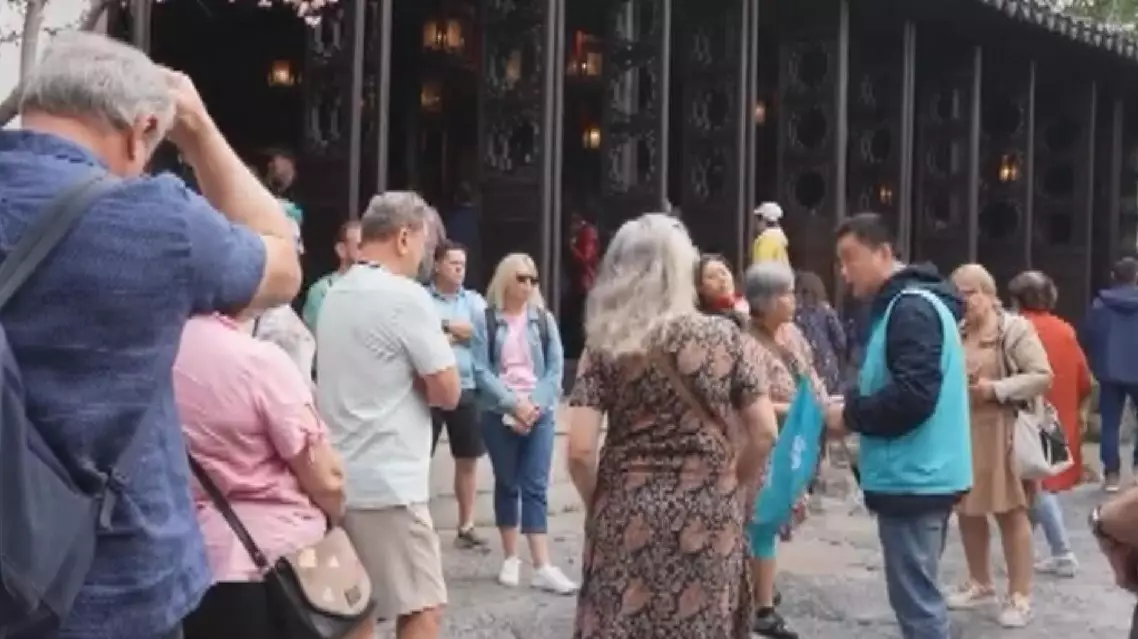
China's 144-hour visa-free transit policy continues to fuel popularity of "China Travel"
Macao has been emerging as a global hub for conventions and exhibitions in recent years by exploring the enormous opportunities in the sector, driving the region to advance its economic diversification and embrace a brighter future.
Macao has received many awards this year, such as the Best Convention City (Asia) and the Best BT-MICE City, showcasing the recognition for and influence of Macao's exhibition industry.
More than 1,000 electronic game enthusiasts from all over the world gathered recently in Macao to participate in a esports themed event.
Su Zhili, organizer of the event, said that Macao's rich experience in hosting large-scale events, coupled with its good infrastructure, has driven him to choose the region as an ideal destination to hold such an activity.
"Macao has held many similar large-scale events. It has rich experience, and the facilities at the venue are relatively mature, so we can start our work comfortably," said Su.
During the first three quarters of 2024, Macao held more than 1,000 conferences and exhibitions in total.
"We will invite more professional, special conferences to be held in Macao and also cultivate more exhibition brands with international influence in Macao, so as to promote Macao's exhibitions to be more market-oriented, professional, international, digital and greener from various aspects. This is our goal," said Elaine Wong, member of the Macao Commerce and Investment Promotion Institute.
In addition, multiple large exhibitions and conferences, such as the Macao International Trade and Investment fair, the Macao Franchise Expo, and the International Infrastructure Investment and Construction Forum, are held regularly in Macao.
With the introduction of a series of policies and measures to facilitate the exchanges between the mainland and Macao, as well as the construction and development of the Guangdong-Hong Kong-Macao Greater Bay Area and the Guangdong-Macao In-Depth Cooperation Zone in Hengqin, Macao's convention and exhibition industry will embrace more opportunities for development in the foreseeable future.
"We have such a good industrial base in the Greater Bay Area. The mode of 'Convention and Exhibition + Industry' not only integrates the industries of Macao, but also the industries of the Greater Bay Area. In addition, Macao actively integrates into the national development and plays a role in the Belt and Road. Why are we so confident in Macao's convention and exhibition sector? Because it is backed by the motherland, and the country gives Macao great support," said Alan Ho, chairman of the Macao Association of Convention, Exhibition and Tourism Sectors.
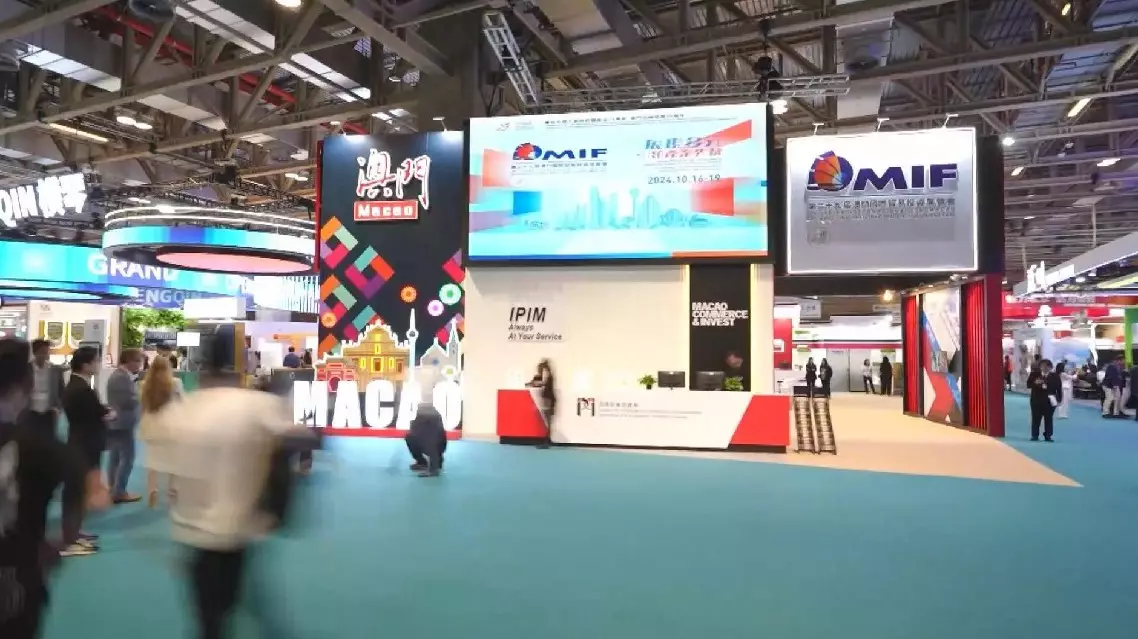
Macao emerges as global hub for conventions and exhibitions, driving economic diversification and international recognition




